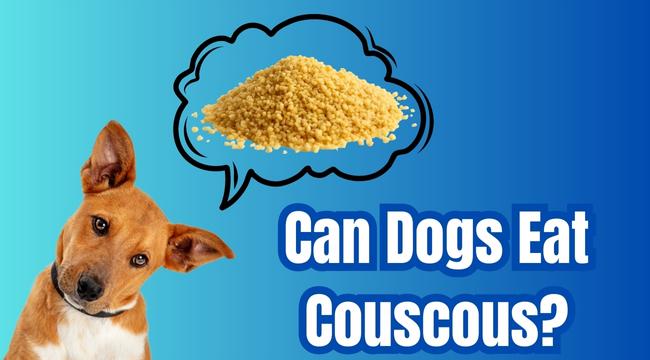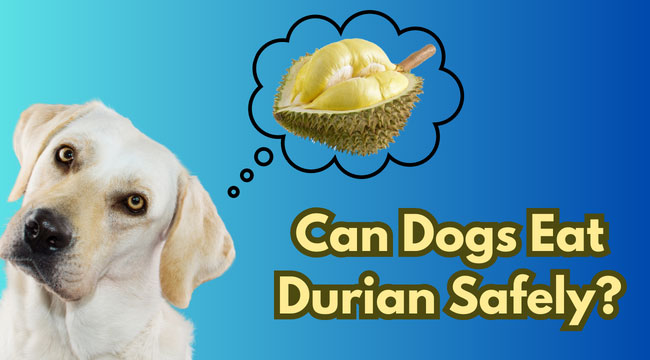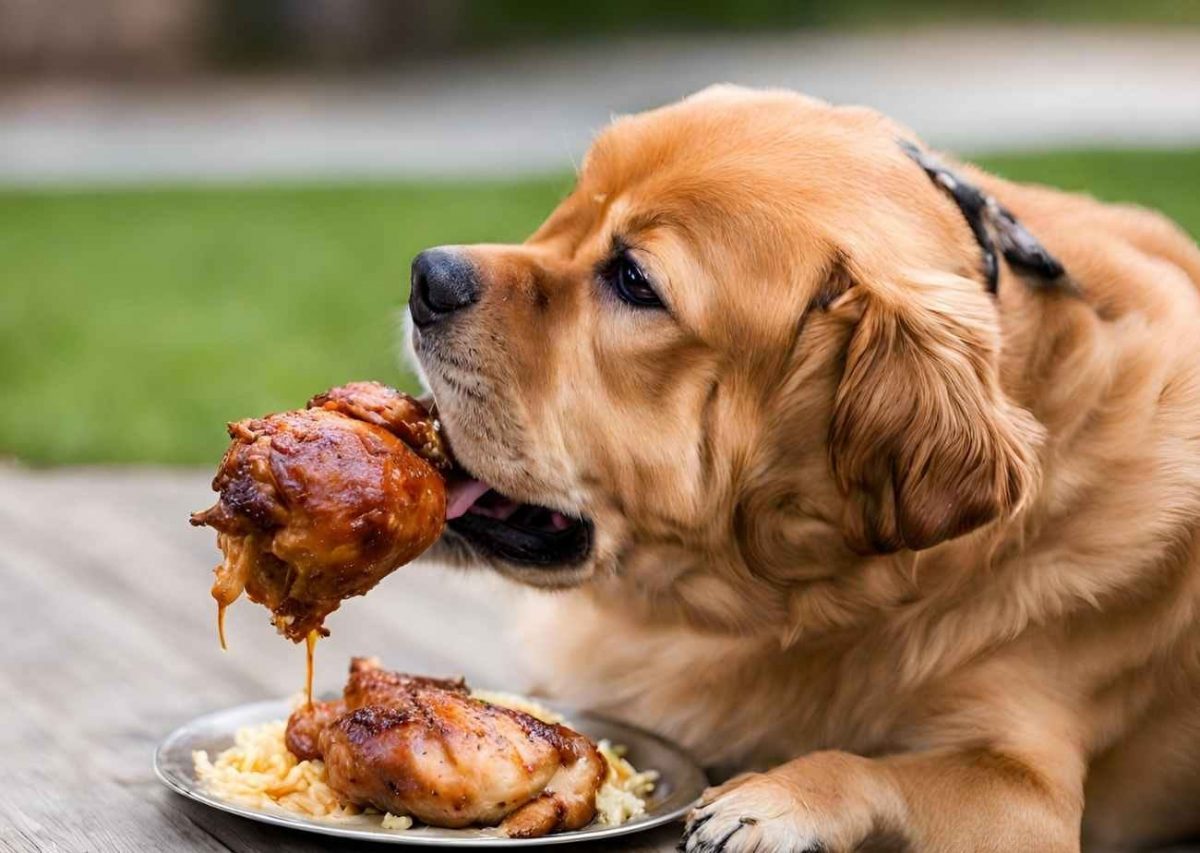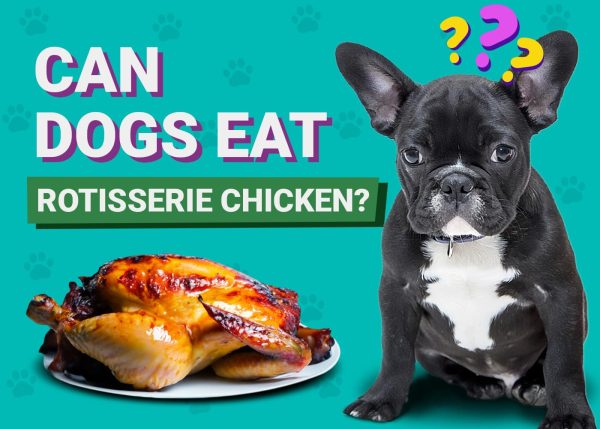Have you ever wondered about sharing your mealtime favorites with your furry companion? While the idea of feeding dogs human food can be appealing, it’s important to understand the considerations involved. Dogs have specific nutritional needs that differ from ours, and not all human foods are safe for them. Some foods can even be harmful or toxic.
Knowing which foods are safe and which are not is crucial to ensuring your dog’s well-being. While certain human foods can offer nutritional benefits such as vitamins, minerals, and healthy fats, others can lead to digestive issues or serious health problems. That’s why consulting with your veterinarian before making any dietary changes is essential. Veterinarians can provide expert guidance tailored to your dog’s individual needs, helping you make informed decisions about what foods to incorporate into their diet.Now let’s explore some safe human foods for dogs.
Safe Human Foods for Dogs
Including safe human foods in your dog’s diet can offer numerous health benefits, from providing essential nutrients to adding variety and excitement to their meals. While dogs primarily require a balanced diet of high-quality dog food, certain human foods can serve as healthy supplements. Knowing which foods are safe ensures that your dog can enjoy these treats without compromising their health.
Apples:
Apples are a nutritious treat for dogs, high in fiber and vitamins A and C. It’s important to remove the seeds and core before offering apples to your dog, as apple seeds contain cyanide, which is toxic to dogs.
Blueberries:
Blueberries are rich in antioxidants and fiber, making them an excellent choice for dogs. They support the immune system and aid in digestion. Blueberries can be offered fresh or frozen as a refreshing treat.
Bananas:
Bananas are a good source of potassium, which supports heart function and muscle health in dogs. They also contain vitamins such as vitamin B6 and vitamin C. Bananas should be given in moderation due to their natural sugar content.
Cooked Chicken:
Cooked chicken is a lean protein source that supports muscle maintenance and overall health. Ensure the chicken is plain and cooked thoroughly without seasoning, and remove any bones and skin before serving.
Carrots:
Carrots are low in calories and high in fiber, making them beneficial for dental health. Their crunchy texture helps clean teeth and gums. Carrots can be served raw or lightly steamed.
Sweet Potatoes:
Sweet potatoes are rich in fiber and vitamins, offering numerous health benefits. They promote digestive health and provide essential nutrients. Sweet potatoes can be served baked or mashed as a tasty treat.
These safe human foods can be a healthy addition to your dog’s diet, providing essential nutrients and variety. Always introduce new foods gradually and monitor your dog for any signs of allergies or digestive problems. Consulting with your veterinarian can help ensure these foods are appropriate and beneficial for your dog’s specific dietary needs.
Human Foods to Avoid Feeding Dogs
While sharing your favorite foods with your dog can be tempting, it’s crucial to be aware that some human foods can be harmful or even fatal to them. Certain foods contain substances that dogs cannot metabolize properly, leading to severe health issues. Understanding which foods to avoid ensures you can keep your furry friend safe and healthy.
Chocolate:
Chocolate contains theobromine, which is toxic to dogs and can cause symptoms ranging from vomiting and diarrhea to seizures and even death. Dark chocolate and baking chocolate are especially dangerous due to their higher theobromine content.
Grapes and Raisins:
Grapes and raisins can cause kidney failure in dogs. Even small amounts can lead to serious health issues, including vomiting, lethargy, and in severe cases, acute renal failure.
Onions and Garlic:
Onions and garlic contain compounds that can damage dogs’ red blood cells, leading to hemolytic anemia. This can result in symptoms such as weakness, vomiting, and breathing difficulties. All forms, including raw, cooked, and powdered, are harmful.
Avocado:
Avocado contains persin, a toxin that can cause vomiting and diarrhea in dogs. The pit also poses a choking hazard and can cause intestinal blockages.
Alcohol:
Alcohol can cause severe poisoning in dogs, leading to symptoms such as vomiting, diarrhea, difficulty breathing, and even coma or death. Even small amounts of alcohol can be dangerous.
Xylitol:
Xylitol, a sugar substitute found in many sugar-free products, is highly toxic to dogs. It can cause a rapid release of insulin, leading to hypoglycemia (low blood sugar), seizures, liver failure, and death.
Keeping these foods away from your dog and being mindful of what they consume can prevent potentially life-threatening situations. Always consult with your veterinarian if you suspect your dog has ingested something harmful.
Moderation and Portion Control
Feeding human foods to dogs can offer nutritional benefits and variety, but it is essential to practice moderation and portion control. Overfeeding or providing inappropriate portions can lead to obesity, digestive problems, and other health problems. Understanding the importance of moderation and adjusting daily calorie intake ensures your dog remains healthy and maintains an ideal weight.
Importance of Feeding Human Foods in Moderation:
Feeding human foods in moderation is crucial to prevent nutritional imbalances and health issues. Dogs have specific dietary requirements that are primarily met through high-quality dog food. Human foods should be used as occasional treats or supplements rather than main components of their diet to ensure they receive all necessary nutrients.
Monitoring Portion Sizes:
Proper portion control is vital to avoid overfeeding, which can lead to obesity and related health problems. Large portions of human foods can also cause digestive upset. When offering treats, consider the size, age, and activity level of your dog to determine appropriate portions.
Adjusting Daily Calorie Intake:
When incorporating human foods into your dog’s diet, it is important to adjust their daily calorie intake accordingly. Calculate the calories provided by treats and reduce the amount of their regular food to maintain a balanced diet. This helps prevent weight gain and ensures your dog receives the right amount of nutrients without excess calories.
Practicing moderation and portion control when feeding human foods to dogs helps maintain their health and well-being. Always consult with your veterinarian for personalized advice and recommendations based on your dog’s specific nutritional needs and health status.
Risks of Feeding Certain Human Foods
Feeding certain human foods to dogs can pose significant health risks, ranging from immediate allergic reactions to long-term health problems. While some human foods are safe for dogs in moderation, others can cause serious issues. Understanding these risks helps ensure your dog’s diet remains safe and beneficial.
Potential Allergic Reactions:
Certain human foods can trigger allergic reactions in dogs. Common symptoms include itching, swelling, hives, and gastrointestinal distress. Foods like dairy, wheat, and specific proteins may cause allergies. It’s crucial to introduce new foods gradually and monitor for any adverse reactions.
Digestive Issues and Gastrointestinal Upset:
Inappropriate foods can lead to digestive problems such as vomiting, diarrhea, and stomach pain. Foods high in fat, spices, or unfamiliar ingredients can disrupt a dog’s digestive system. Maintaining a diet that suits their digestive capacity is essential to prevent these issues.
Long-Term Health Risks:
Feeding unsafe human foods can have long-term health consequences. Regular consumption of toxic foods like chocolate, grapes, and onions can lead to chronic conditions such as kidney failure, anemia, and obesity. Ensuring a balanced diet and avoiding harmful foods is vital for your dog’s long-term health and well-being.
Awareness of the risks associated with feeding certain human foods helps prevent immediate and long-term health issues in dogs. Always consult with your veterinarian to determine the best dietary choices for your pet.
Guidelines for Safely Feeding Dogs Human Foods
Feeding human foods to dogs can be a delightful way to add variety to their diet and provide additional nutrients. However, it is essential to do so safely and responsibly. Following specific guidelines ensures that your dog enjoys these treats without compromising their health or nutritional balance.
Gradually Introducing New Foods:
When adding new foods to your dog’s diet, introduce them gradually. Start with small amounts to monitor for any adverse reactions such as allergies or digestive issues. This cautious approach helps identify foods that may not agree with your dog’s system and allows for a smooth transition.
Serving Foods Plain:
Always serve human foods plain, without added seasonings, sauces, or spices. These additives can be harmful to dogs and may cause digestive upset or other health problems. Plain, unseasoned foods are easier for dogs to digest and reduce the risk of adverse reactions.
Consulting with a Veterinary Nutritionist:
For personalized diet recommendations, consult with a veterinary nutritionist. They can provide tailored advice based on your dog’s specific health needs, dietary requirements, and overall well-being. Professional guidance ensures that your dog’s diet remains balanced and nutritionally complete.
Maintaining a Balanced Diet:
While human foods can be a part of your dog’s diet, the primary focus should be on dog-specific nutrition. High-quality commercial dog food is formulated to meet the dietary needs of dogs, providing essential nutrients in the correct proportions. Use human foods as occasional supplements rather than main components of their diet.
Educating Yourself About Safe and Unsafe Foods:
Educate yourself about which human foods are safe and which are unsafe for dogs. Understanding the potential risks and benefits of various foods helps you make informed choices. Avoid foods known to be toxic or harmful, such as chocolate, grapes, onions, and xylitol-containing products.
By following these guidelines, you can safely incorporate human foods into your dog’s diet, enhancing their nutrition and enjoyment while prioritizing their health and safety. Regular consultation with your veterinarian ensures that any dietary changes support your dog’s overall well-being.










